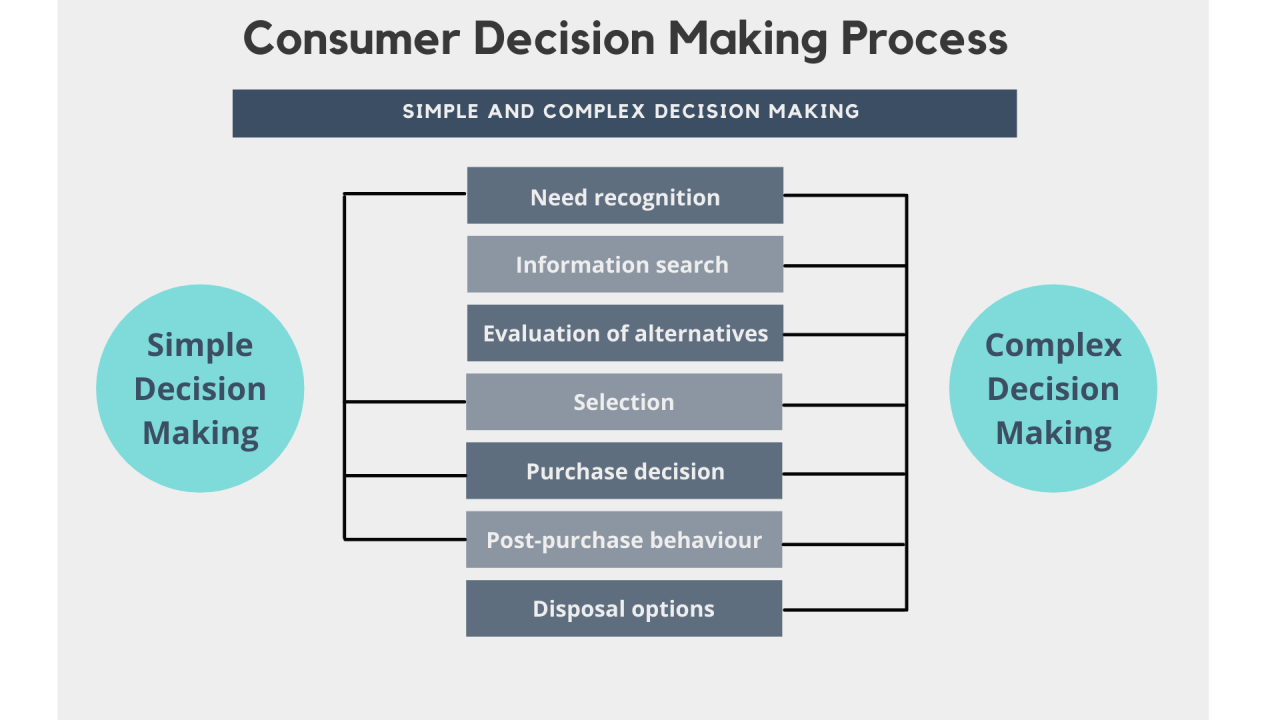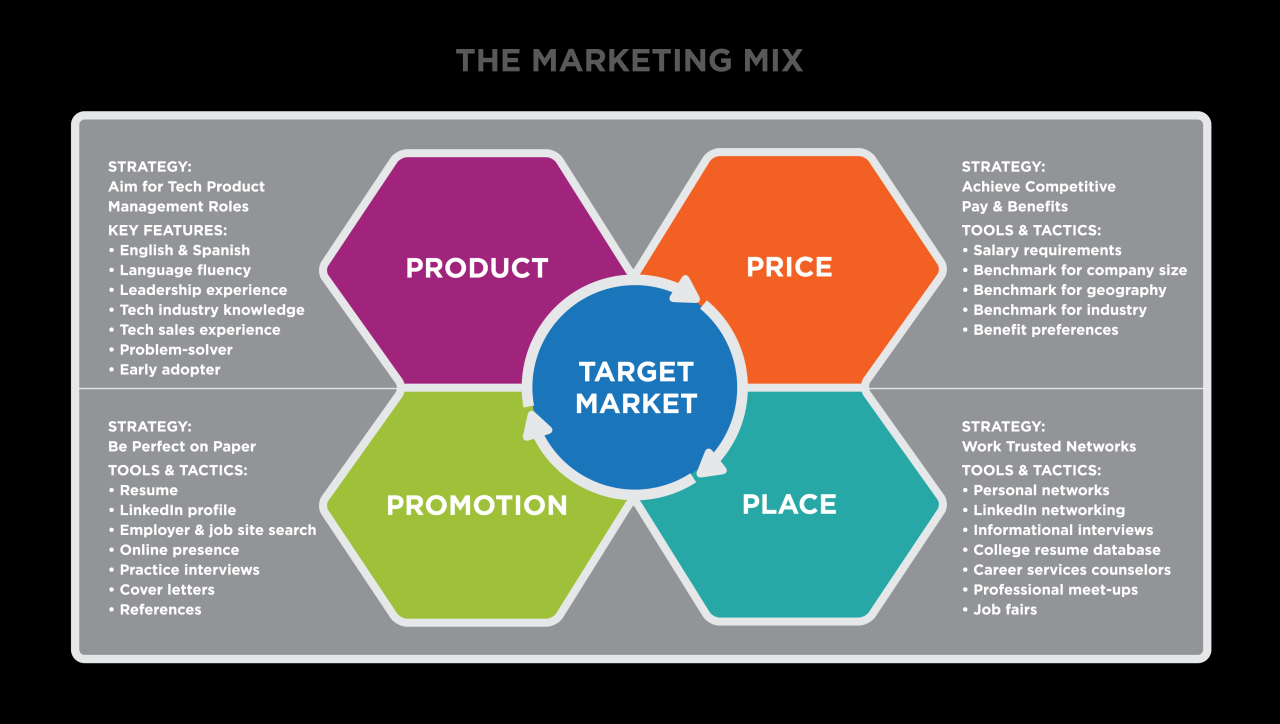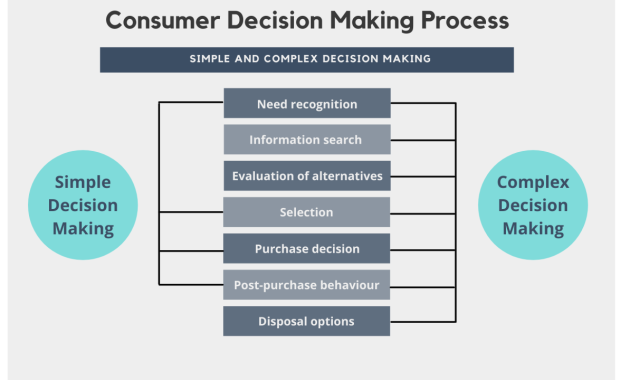Embarking on your journey into financial investment can seem daunting. With the plethora of options available and the jargon-filled language, it’s easy to feel overwhelmed. However, understanding the basics can empower you to make informed decisions and achieve your financial goals. This guide breaks down the essentials to help you get started.
At its core, financial investment involves committing money to an asset or project with the expectation of earning a return. These returns can take various forms, such as interest, dividends, or capital gains. Investments are a powerful way to grow wealth over time, but they also come with risks. Understanding the balance between risk and reward is crucial for any investor.
Why Should You Invest?
Investing is an essential component of financial planning. It allows your money to grow over time, combating the effects of inflation and helping you achieve long-term financial objectives such as buying a home, funding education, or retiring comfortably. By investing, you can make your money work for you rather than merely saving it.
Types of Financial Investments
Stocks
Stocks represent ownership in a company. When you buy a share of a company’s stock, you become a partial owner of that company. Stocks are known for their high potential returns, but they also come with significant risks due to market volatility.
Bonds
Bonds are debt securities issued by corporations or governments to raise funds. As an investor, you lend money to the issuer in exchange for periodic interest payments and the return of the bond’s face value upon maturity. Bonds are generally considered safer than stocks but usually offer lower returns.
Mutual Funds
Mutual funds pool money from multiple investors to invest in a diversified portfolio of stocks, bonds, or other securities. Managed by professional fund managers, mutual funds are an excellent option for beginners seeking diversification without needing extensive market knowledge.
Exchange-Traded Funds (ETFs)
ETFs are similar to mutual funds but trade like stocks on an exchange. They offer diversification and typically have lower fees compared to mutual funds. ETFs are an attractive option for investors looking for flexibility and cost efficiency.
Real Estate
Investing in real estate involves purchasing properties for rental income or capital appreciation. Real estate can provide steady cash flow and act as a hedge against inflation, but it requires significant capital and ongoing management.
Cryptocurrencies
Cryptocurrencies are digital or virtual currencies that use blockchain technology. While they offer high growth potential, they are highly volatile and speculative, making them suitable for risk-tolerant investors.
Setting Investment Goals

Before diving into the world of investment, it’s essential to define your financial goals. Are you investing for short-term needs, such as buying a car, or long-term objectives like retirement? Understanding your goals will help you determine your investment horizon and risk tolerance.
Risk Tolerance
Risk tolerance refers to your ability and willingness to endure fluctuations in your investment’s value. Factors such as age, income, financial stability, and personal temperament influence your risk tolerance. Younger investors might afford to take more risks as they have more time to recover from potential losses.
Time Horizon
Your investment time horizon—the length of time you plan to hold your investments—affects your asset allocation. Short-term goals typically call for conservative investments, while long-term goals can afford more aggressive strategies.
Building a Diversified Portfolio
Diversification is a risk management strategy that involves spreading your investments across various asset classes, industries, and geographies. By doing so, you reduce the impact of a poor-performing investment on your overall portfolio.
Asset Allocation
Asset allocation refers to the distribution of your investment across different asset classes such as stocks, bonds, and cash. Your allocation should align with your goals, risk tolerance, and time horizon.
Rebalancing
Rebalancing involves periodically adjusting your portfolio to maintain your desired asset allocation. For instance, if stocks outperform bonds and skew your allocation, you might sell some stocks and buy bonds to restore balance.
The Power of Compounding
Compounding is the process where your investment earns returns, and those returns generate additional returns over time. It’s often described as earning “interest on interest” and is a key reason to start investing early. Even small, consistent contributions can grow significantly over the years.
Common Investment Strategies
Buy and Hold
This strategy involves purchasing investments and holding them for an extended period, regardless of market fluctuations. It’s ideal for long-term investors who believe in the growth potential of their assets.
Dollar-Cost Averaging
Dollar-cost averaging involves investing a fixed amount of money at regular intervals, regardless of market conditions. This approach reduces the risk of investing a large sum during market highs and takes advantage of market dips.
Growth Investing
Growth investing focuses on companies expected to grow at an above-average rate compared to their industry or the market. While growth stocks offer high returns, they are often more volatile.
Value Investing
Value investing involves identifying undervalued stocks that are trading below their intrinsic value. Investors following this strategy aim to buy low and sell high.
Avoiding Common Mistakes
Lack of Research
Investing without adequate research can lead to poor decisions and losses. Take the time to understand the assets you’re investing in and their potential risks and rewards.
Emotional Decisions
Emotions like fear and greed can drive impulsive investment decisions. Sticking to a well-defined plan helps you avoid buying during market peaks or selling during downturns.
Ignoring Fees
Investment fees, such as management fees, transaction costs, and expense ratios, can significantly impact your returns over time. Opt for low-cost investment options whenever possible.
Getting Started?
Educate Yourself
Begin by learning the basics of financial investment. Numerous books, courses, and online resources are available to help you build your knowledge.
Start Small
You don’t need a large sum of money to start investing. Many platforms allow you to begin with small amounts and gradually increase your contributions as you gain confidence.
Seek Professional Advice
If you’re unsure about making investment decisions, consider consulting a financial advisor. They can provide personalized advice based on your financial situation and goals.
Final Thoughts
Financial investment is a powerful tool for building wealth and achieving your financial aspirations. By understanding the basics, setting clear goals, and adopting disciplined strategies, you can navigate the investment landscape with confidence. Remember, patience and consistency are your allies on this journey.













